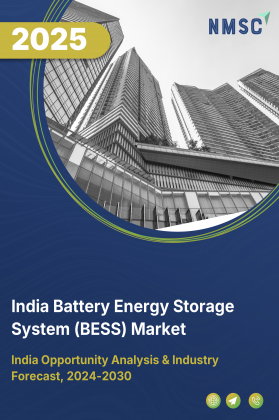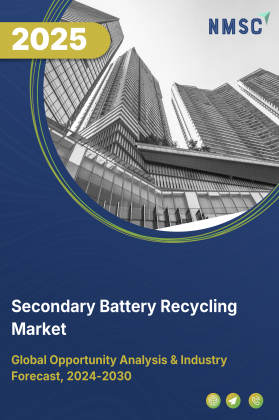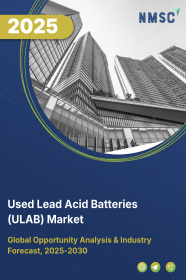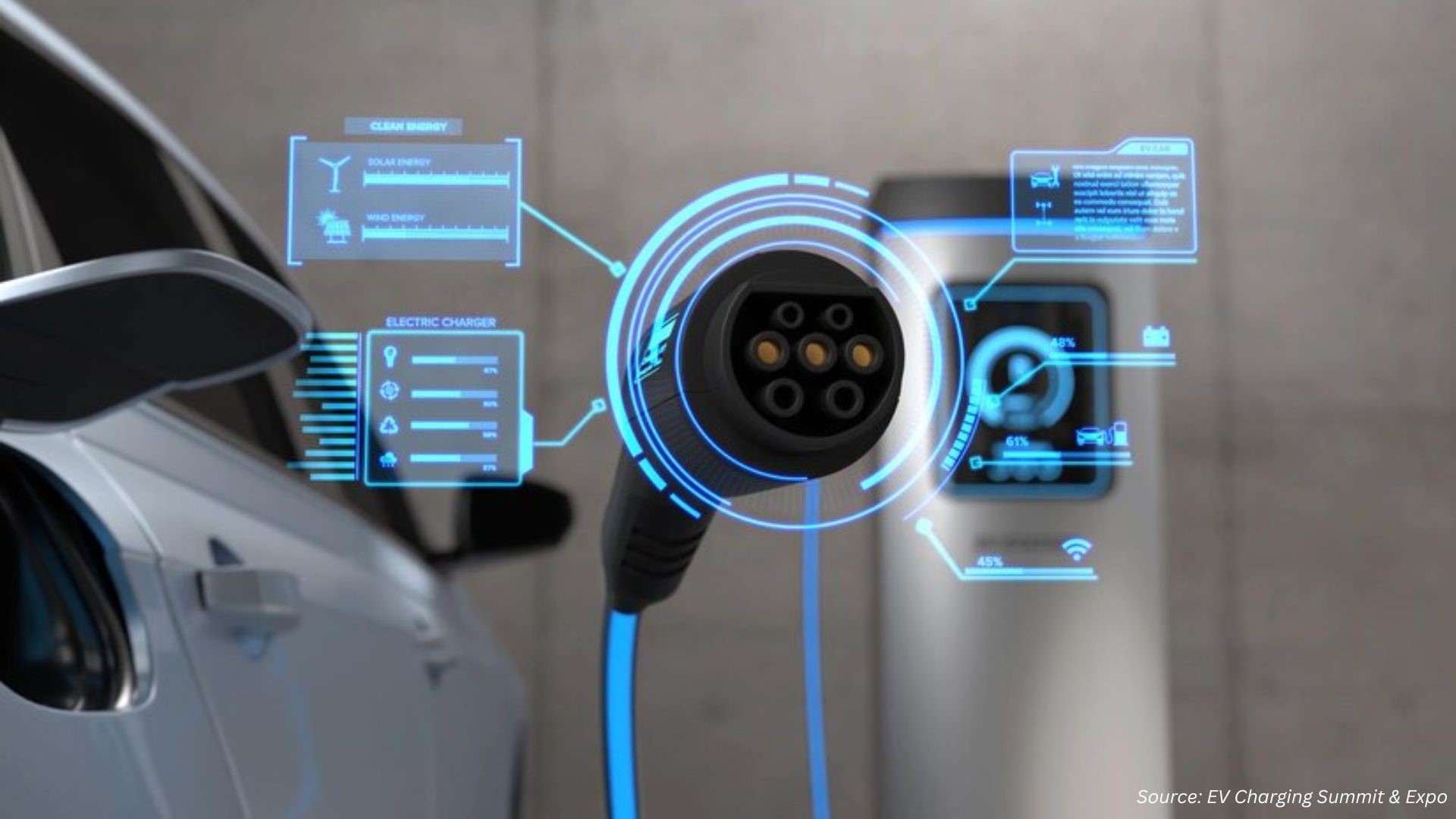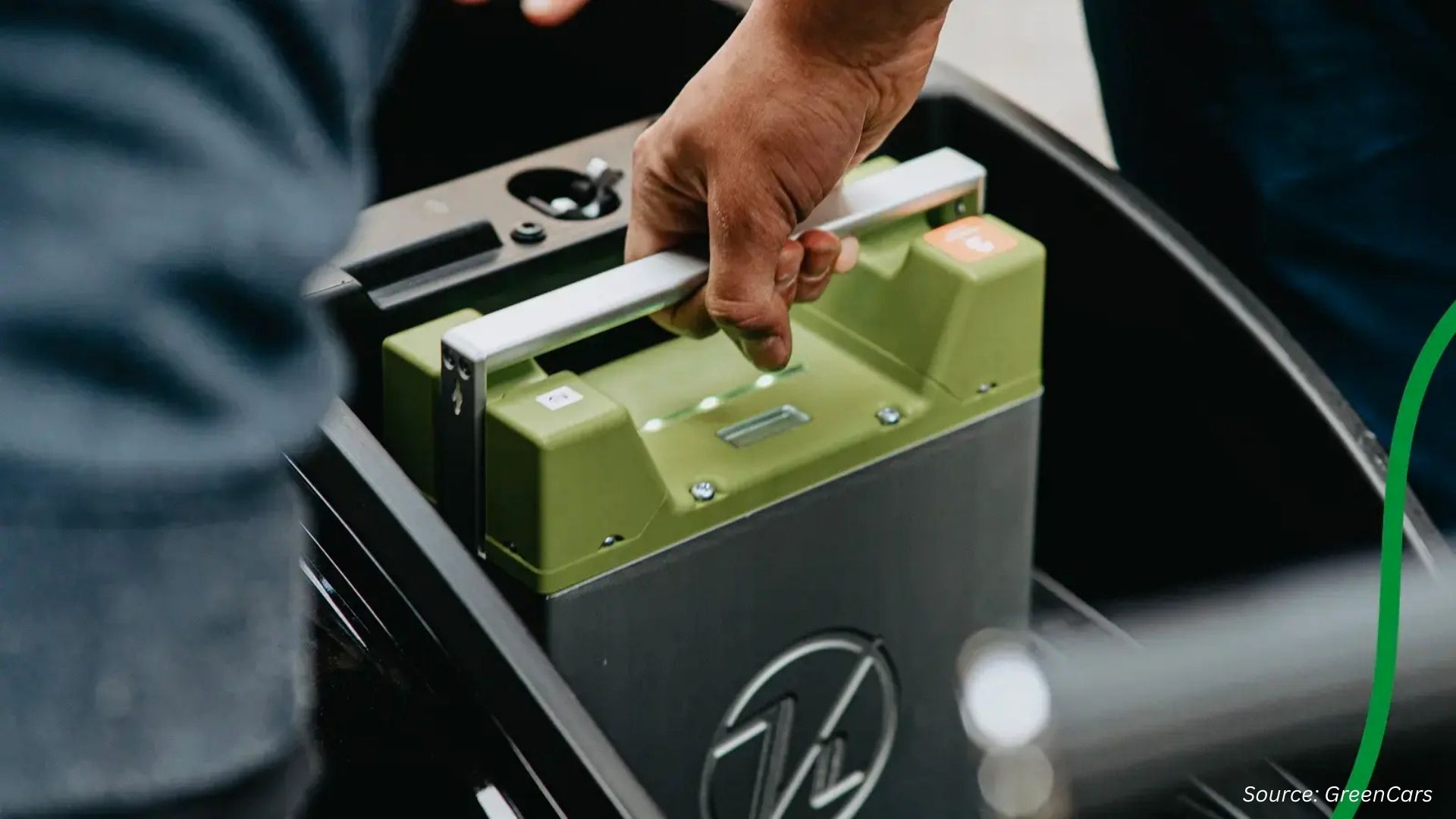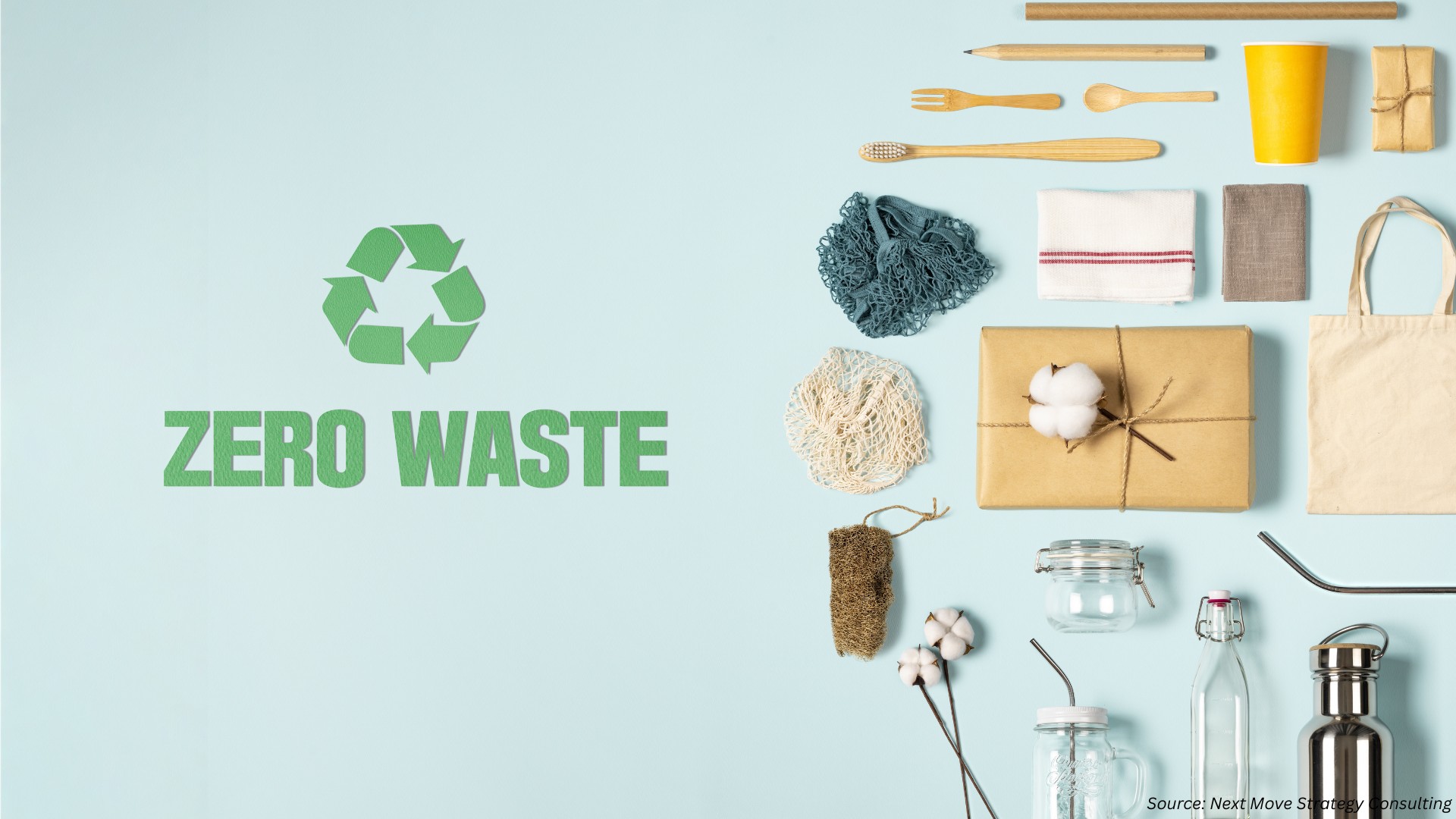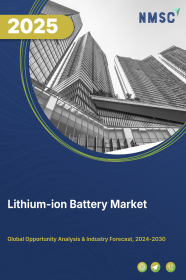
Lithium-ion Battery Market by Battery Type (Lithium Cobalt Oxide, Lithium Iron Phosphate, Lithium Nickel Cobalt Aluminum Oxide, Lithium Manganese Oxide, Lithium Nickel Manganese Cobalt, Lithium Titanate Oxide and others), by Capacity (0–3000 mAh, 3000–10000 mAh, 10000–60000 mAh, and Above 60000 mAh), by Chemistry (LFP, NMC, and Solid State), by Cell Type (Blade, Prismatic, Cylindrical, and Pouch), and Others - Global Opportunity Analysis and Industry Forecast 2023-2030
Market Definition
The Lithium-ion Battery Market size was valued at USD 58.68 billion in 2023 and is predicted to reach USD 207.72 billion by 2030 with a CAGR of 23.5% from 2024-2030.
Lithium-ion batteries are rechargeable batteries that use lithium-ions as the primary component of their electrochemical reaction. They have high energy density and can store more power, longer life cycle, low self-discharge rate, and can be recharged many times before getting replaced. They are also lighter and more compact than other types of rechargeable batteries, as well as more environmentally friendly as they contain fewer toxic materials. Lithium-ion batteries are commonly used in a wide variety of electronic devices such as laptops, smartphones, and tablets, as well as electric vehicles and power tools.
Market Dynamics and Trends
The increasing popularity of electric vehicles (EVs) across the globe is driving the demand for high-performance batteries with longer lifespans and higher energy density. Also, the increasing adoption of renewable energy sources, such as solar and wind power is leading to the increasing need for large-scale energy storage systems to store the excess energy generated. Moreover, the widespread adoption of electronic devices such as smartphones, laptops, and tablets, is also boosting the demand for high-capacity, long-lasting batteries such as lithium-ion batteries, which in turn is boosting the growth of the lithium-ion batteries market.
However, high manufacturing cost and the risk of catching fire or exploding due to overcharging are the major factors restraining the growth of the lithium-ion batteries market. On the contrary, the introduction of Solid-state lithium-metal battery technology that offers higher energy density than conventional lithium-ion batteries are expected to create ample growth opportunities for the lithium-ion batteries market in the coming years.
Market Segmentations and Scope of the Study
The lithium-ion battery market share is segmented on the basis of type, component, and application. On the basis of type, the market is divided into lithium cobalt oxide, lithium iron phosphate, lithium nickel cobalt aluminum oxide, lithium manganese oxide, lithium nickel manganese cobalt, and lithium titanate oxide. On the basis of component, the market is classified into cathode, anode, separator, electrolyte, aluminum foil, copper foil, and others. On the basis of application, the market is classified into automotive, medical, telecom & it, consumer electronics, power & utility, aerospace, marine, and others. Geographic breakdown and analysis of each of the aforesaid segments include regions comprising of North America, Europe, Asia-Pacific, and RoW.
Geographical Analysis
Asia Pacific holds the lion’s share of lithium-ion battery market and is expected to continue its dominance during the forecast period. This is due to the rapid growth of the electric and plug-in hybrid vehicle (PHEV) manufacturing industry in countries such as China, Japan, and South Korea. According to the International Energy Agency, China is the largest electric vehicle manufacturing country in the world, with annual sales of around 3.3 million of EVs and plug-in hybrid EVs as of 2021.
Moreover, the rapidly growing consumer electronic industry and the increasing use of lithium-ion batteries in electronics such as smartphones, laptops, and wearables are further driving the growth of the lithium-ion batteries market in this region. According to the Semiconductor Industry Association, China is the world’s largest manufacturing hub, producing 36% of the world’s electronics including smartphones, computers, and wearables among others in 2021.
On the other hand, North America is expected to show a steady rise in the growth of the lithium-ion batteries market. The growing adoption of electric and hybrid vehicles that uses lithium-ion batteries for higher energy density and longer lifespan is boosting the growth of the market in this region. According to the International Energy Agency, the sales of Electric and plug-in hybrid vehicles in the U.S. reached 0.63 million units in 2021 as compare to 0.29 million units in 2020.
Moreover, the increasing adoption of lightweight and high-energy density batteries such as in UAVs, electric aircrafts, and satellites is further fostering the growth of the lithium-ion batteries market in North America. For instance, in April 2021, U.S.-based company KULR Technology launched high energy density lithium-ion batteries for commercial drones and UAVs. Through this launch, the company aims to bring high energy-containing batteries for UAVs for longer flights.
Competitive Landscape
Various market players operating in the lithium-ion battery include BYD Company Limited, LG Chem, Contemporary Amperex Technology Co. Ltd (CATL), Sunlight Group, Panasonic Corporation, Toshiba Corporation, Hitachi, Ltd., Automotive Energy Supply Corporation (AESC), Samsung SDI Co., Ltd., SVOLT Energy Technology, and others. These market players are adopting various strategies such as product launches and partnerships to remain dominant in the lithium-ion batteries market.
For instance, in March 2023, Sunlight Group launched lithium-ion battery named "Sunlight Li.ON FORCE Lite". Through this launch, the company aims to provide lithium-ion batteries for Class III industrial vehicles. Additionally, in July 2022, CATL announced that it is developing lower-cost lithium-ion batteries, which will be delivered to Ford Motor Co. These batteries will be produced in a new 40 GWh factory in North America starting in 2026.
Moreover, in February 2022, Panasonic Holdings Corporation expanded its business by establishing a new battery production facility in Japan to manufacture lithium-ion batteries for electric vehicles (EVs). The new production facility was set up with an aim to mass produce lithium-ion batteries.
Furthermore, in September 2021, Toshiba Corporation entered into a partnership with Sojitz Corporation and CBMM for the commercialization of next generation lithium-ion batteries using niobium titanium oxide (NTO) as the anode material. Through this joint partnership, the three companies aim to commercialize high energy density and quick charging batteries for electric vehicles (EVs).
Key Benefits
-
The lithium-ion battery report provides the quantitative analysis of the current market and estimations from 2023 to 2030. This analysis assists in identifying the prevailing market opportunities to capitalize on.
-
The study comprises of a detailed analysis of the lithium-ion battery trends including the current and future trends for depicting the prevalent investment pockets in the market.
-
The information related to key drivers, restraints, and opportunities and their impact on the lithium-ion battery is provided in the report.
-
The competitive analysis of the market players along with their market share in the lithium-ion battery is mentioned.
-
The SWOT analysis and Porter’s Five Forces model are elaborated in the study.
-
The value chain analysis in the market study provides a clear picture of the stakeholders’ roles.
Key Market Segments
By Battery Type
-
Lithium Cobalt Oxide (LCO)
-
Lithium Iron Phosphate (LFP)
-
Lithium Nickel Cobalt Aluminum Oxide (NCA)
-
Lithium Manganese Oxide (LMO)
-
Lithium Nickel Manganese Cobalt (LI-NMC)
-
Lithium Titanate Oxide (LTO)
-
Others
By Capacity
-
0–3000 mAh
-
3000–10000 mAh
-
10000–60000 mAh
-
Above 60000 mAh
By Chemistry
-
LFP
-
NMC
-
Solid State
By Cell Type
-
Blade
-
Prismatic
-
Cylindrical
-
Pouch
By Application
-
Automotive
-
Electric Vehicles (EVs)
-
Hybrid Electric Vehicles (HEVs)
-
Plug-in Hybrid Electric Vehicles (PHEVs)
-
-
Consumer Electronics
-
Smartphones
-
Laptops
-
Tablets
-
Wearables
-
-
Energy Storage Systems
-
Residential
-
Commercial
-
Utility-Scale
-
-
Industrial
-
Manufacturing Equipment
-
Robotics
-
-
Aerospace & Defense
-
Medical Devices
-
Others
By Geography
-
North America
-
The U.S.
-
Canada
-
Mexico
-
-
Europe
-
The UK
-
Germany
-
France
-
Italy
-
Spain
-
Denmark
-
Netherlands
-
Finland
-
Sweden
-
Norway
-
Russia
-
Rest of Europe
-
-
Asia-Pacific
-
China
-
Japan
-
India
-
South Korea
-
Australia
-
Indonesia
-
Singapore
-
Taiwan
-
Thailand
-
Rest of Asia-Pacific
-
-
RoW
-
Latin America
-
Middle East
-
Africa
-
Key Players:
-
BYD Company Limited
-
LG Chem
-
Contemporary Amperex Technology Co. Ltd (CATL)
-
Sunlight Group
-
Panasonic Corporation
-
Toshiba Corporation
-
Hitachi, Ltd.
-
Automotive Energy Supply Corporation (AESC)
-
Samsung SDI Co., Ltd.
-
SVOLT Energy Technology
REPORT SCOPE AND SEGMENTATION:
|
Parameters |
Details |
|
Analysis Period |
2023–2030 |
|
Base Year Considered |
2023 |
|
Forecast Period |
2024–2030 |
|
Market Size Estimation |
Billion (USD) |
|
Market Segmentation |
By Type (Lithium Cobalt Oxide (LCO), Lithium Iron Phosphate (LFP), Lithium Nickel Cobalt Aluminum Oxide (NCA), Lithium Manganese Oxide (LMO), Lithium Nickel Manganese Cobalt (LI-NMC), Lithium Titanate Oxide (LTO)) By Component (Cathode, Anode, Separator, Electrolyte, Aluminum Foil, Copper Foil, Others) By Application (Construction & Manufacturing, Automotive, Medical, Telecom & IT, Consumer Electronics, Power & Utility, Aerospace, Marine, Others) |
|
Geographical Segmentation |
North America (U.S., Canada, Mexico) Europe (Germany, UK, Spain, Italy, Netherlands, Rest of Europe), Asia-Pacific (Australia, China, India, Japan, South Korea, Vietnam, Taiwan, Rest of Asia-Pacific), Rest of the World (Latin America, Middle East, Africa) |
|
Companies Profiled |
BYD Company, LG Chem, Contemporary Amperex Technology Co. Ltd, Samsung SDI, Sunlight Group, Panasonic Corporation, CATL, Toshiba Corporation, Hitachi, Automotive Energy Supply Corporation, and others |




















 Speak to Our Analyst
Speak to Our Analyst



